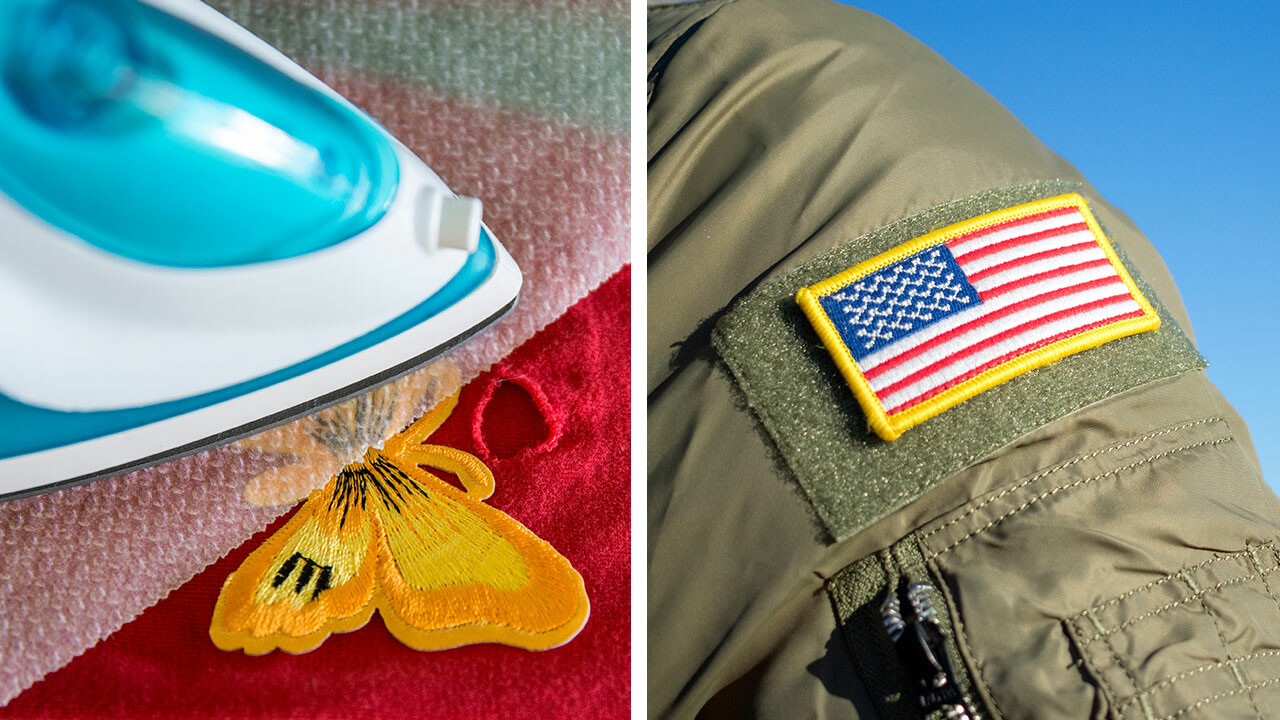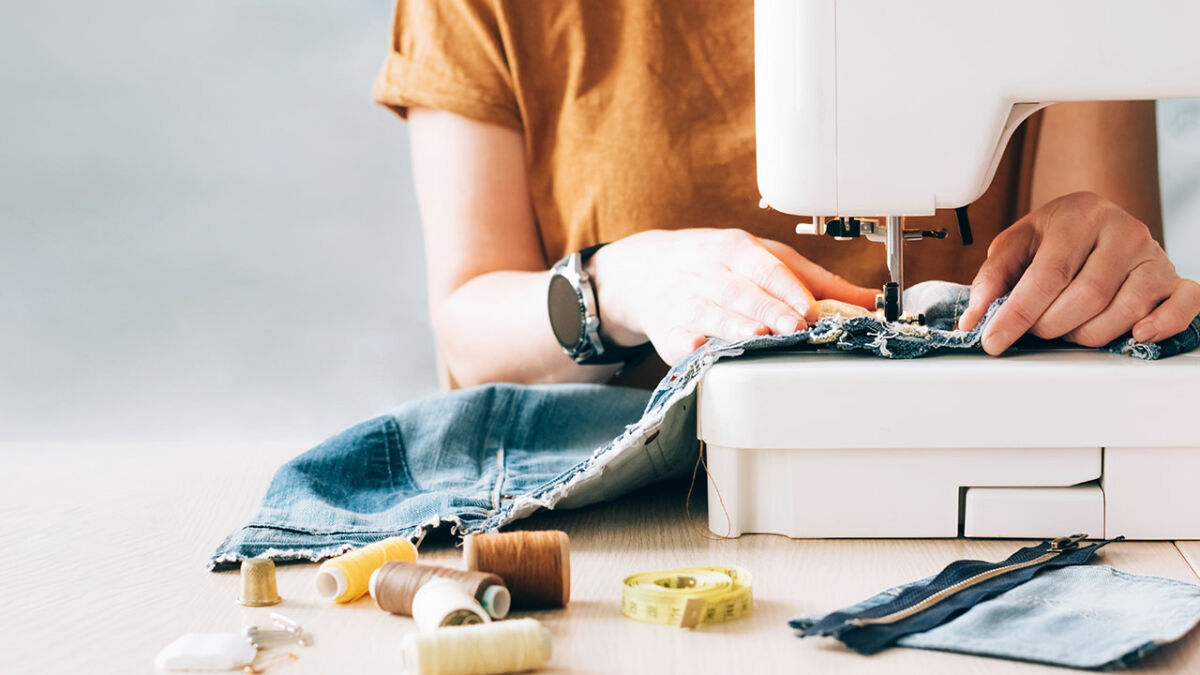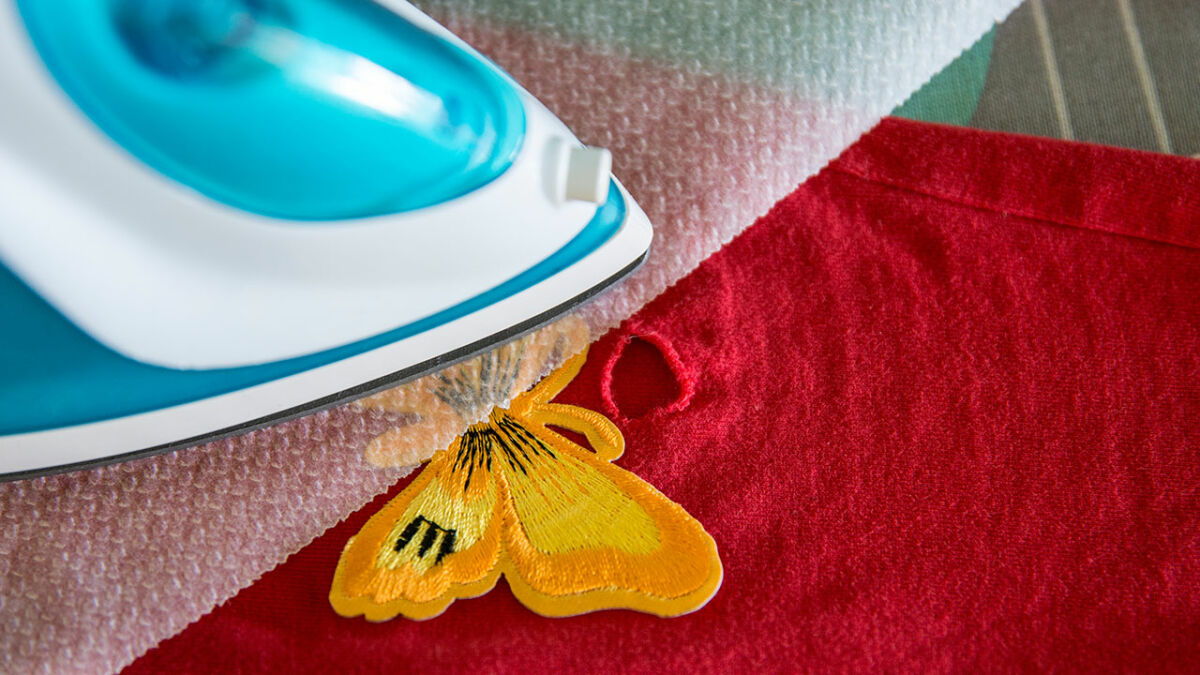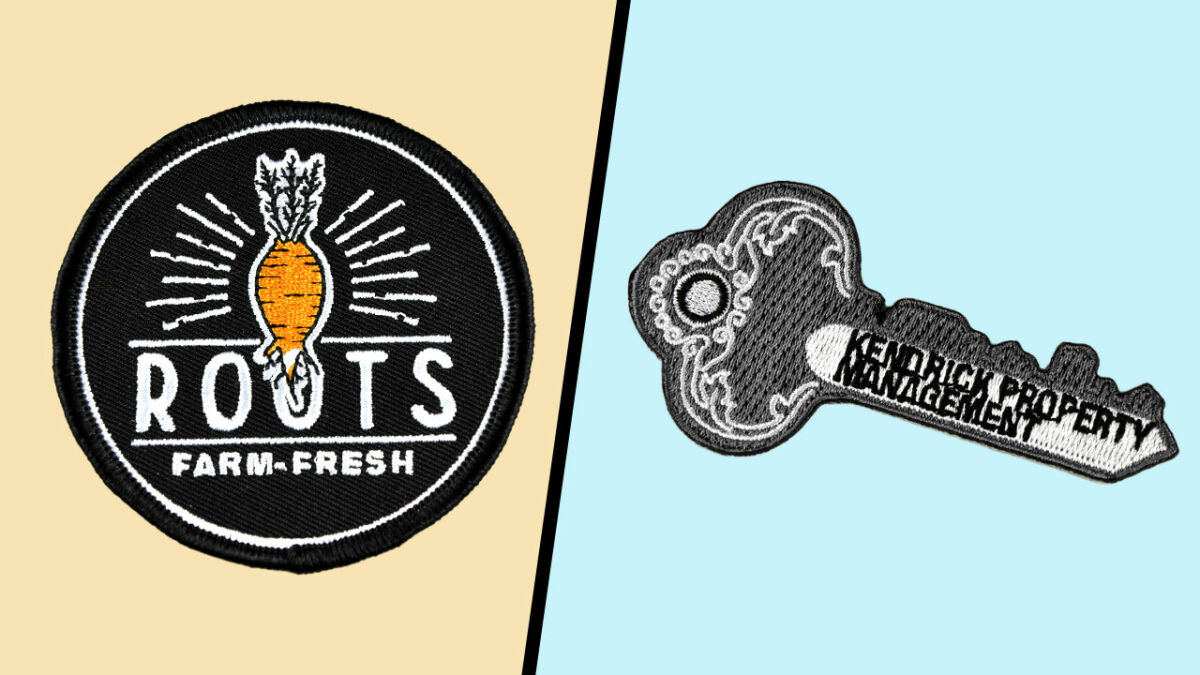
Choosing the Right Custom Patch Attachment Method
Choosing the right attachment method for your custom patches ensures they'll function at their best.
Custom patches are a terrific way to promote your brand, make a statement, or even make a joke. Whether part of a uniform, a custom jacket or even a backpack, patches help tell the world who you are.
Choosing the right custom patch attachment method depends on your intended use. With a little information, it’s easy to select the right way to attach your patches to shirts, hats, jackets, jeans, backpacks or just about anything else.
What Do You Need From Your Patch?
Each patch attachment style has its pros and cons. Your custom patch provider can help you decide which is right for your needs.
Questions to ask about your patches include:
- Do I want them attached permanently to the garment?
- Do I want a quick, easy attachment method or something that’s more secure?
- Do I need to be able to remove and reattach them easily?
Your answers will determine which attachment method is the right one for your application. With a little pre-planning, it’s easy to find the right solution.
Attachment Methods
Sew-on

Sew-on patches are sewn directly onto garments. This is the most basic way to attach patches, and the most permanent. Your patches will be sent to you in the most basic form, with no further attachment provisions. They are designed to be positioned on the garment, then sewn into place.
Plastic backing can be added to sew-on patches at the factory as well. This gives the patches extra support to maintain their shape. This is a very popular option for sew-on patches. It also can make sewing on patches easier, by maintaining the proper position for the patch on the garment.
Iron-on

Iron-on patches add a heat sensitive adhesive to the back of the patches. Once positioned on the garment, a cloth is placed over the patch to protect the design. Then a hot iron is placed briefly (20 to 30 seconds) atop the cloth to melt the adhesive onto the garment securing the patch in place.
If it’s not quite fully attached, simply repeat for another 20 seconds or so. This is the easiest method of permanent attachment.
For those concerned about the precise positioning of a patch, it’s possible to use the iron-on backing to attach the patch to a garment, then sew it exactly into place. This approach both ensures the proper positioning and makes sure the patch will stay attached to the garment, no matter what.
Keep in mind that iron on patches, while considered permanent, may eventually loosen with frequent laundering. They also should be kept out of the dryer when possible. If you truly need a permanent attachment, sewing a patch on is the best way to go.
Velcro®

Velcro™ patches add hook-and-loop fasteners to the patches. One part is on the back of the patch, and the other gets sewn onto the garment. This allows rapid, easy removal of patches.
This style is ideal for military uniforms and other circumstances where patches might need to be removed often, such as with morale patches. It also allows for interchangeable patches on the same garment and exchanging patches between garments.
Button Loops

Button loops add a simple loop at the top of patches designed to hang from a button or lapel pin. There’s no sewing or gluing required, and the patches can be removed or transferred to another garment quickly and easily.
Tape Backing
Tape backing is easily removable, and not permanent. This attachment method is best used when you need a quick choice to attach patches to a particular outfit or costume. It’s best for single-use or short term events such as concerts.
Border Design

A related matter is your choice of border design for your patches. Good patch providers will offer you a choice of Merrow® or hot cut borders. The Merrow® or merrowed border is the classic raised edge design. This is the standard style.
(Incidentally, Merrow is the brand of the sewing machine that produces the border stitch. That’s why we put that little registered trademark symbol behind the name.)
Hot cut borders give your patches a flat, sharp, detailed edge. This is ideal for plastic-backed patches with their extra stability and shape-holding ability.
The merrowed border offers a traditional patch appearance, with detailed separation from the garment it’s attached to. The hot cut border offers a more modern, two-dimensional appearance with limited visual separation between the patch and the garment.
Choosing a Patch Provider
If you need to order custom patches, whether woven, embroidered or PVC, find a reputable supplier. Ideally, you want to deal with a company that’s been in business long enough to have a track record of success.
Don’t settle for anything less than the highest quality patches, and demand a guarantee. With so much competition a mouse click away, there’s no reason to settle for anything less than the best prices, quality, and service.
Patches4Less.com is your full line custom patch provider. We offer the greatest range of custom sizes, shapes, colors, styles and attachment options of any patch supplier. We will not be undersold, either. Should you find a lower price on identical custom patches, tell us about it, and we’ll match or beat that price.
We’ve been creating fantastic patches of all kinds for 20 years. Our graphic artists are some of the best you’ll find anywhere. Best of all, our 100% Satisfaction Guarantee covers every single product we sell.
Simply put, we are THE source for the best custom patches you can buy, at the lowest prices, and with the finest customer service, you’ll find at any business anywhere. Dare to compare our prices, responsiveness
We’re always here to answer any questions you might have about your patches. Call us toll-free at 866-847-2824, Monday to Friday 8 a.m. to 5 p.m. Eastern. You can also fill out our no-obligation Free Quote form.
Either way, we’ll be happy to respond to any questions or concerns you have. We look forward to supplying all your custom patch needs. Count on Patches4Less.com for the best patches, the best customer service and the best prices.